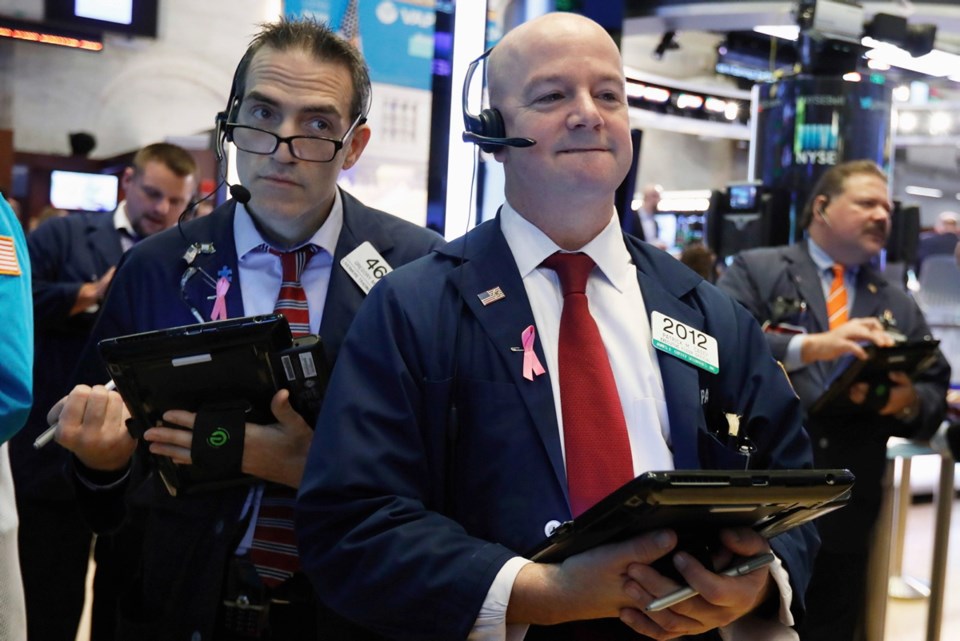‘Good evening. And now, here is the environment news.” Well, that is a daily news segment we won’t be coming across soon — although we should. But we do hear or see the business news on a daily basis, in fact many times a day.
What prompted this column was listening yet again to the stream of largely meaningless stock-exchange numbers that comes with the morning news on CBC Radio, in the context of the very troubling reports on loss of vertebrate populations globally and in Canada that I discussed last week.
The FTSE went this way, we are told, the Nasdaq that way, copper up this much, gold down that much and so on. Who really listens to this, never mind knows what it means? And tomorrow it will all be different. The daily fluctuations in the Dow Jones are not all that meaningful for most of us, most of the time. What really matters is change over time as well as dramatic changes; the rest is just background noise.
It’s not just the stock exchange numbers; I recall a time when there was no business news as a regular part of almost every news program. In fact, my recollection is that back in the 1970s there was a concerted effort from the business sector to make business part of the regular news broadcasts, as a way to heighten the awareness of the importance of business to Canadians.
But this also serves to distort our world view. Business is made to seem important while other issues — such as the environment — are not. There is a separate daily business section in the Times Colonist and in most other newspapers, and for that matter a sports section, but no dedicated daily environment section, nor are there environment news updates as part of the regular radio or TV news bulletins. Yes, we do get environment stories, but they are not covered systematically in the media and thus do not attain the same importance as does business or even sports.
Yet in the final analysis, the environment is much more important to our overall well-being than the business sector. After all, the most fundamental determinants of our health — air, water, food, materials, fuels — all come from nature. To be sure, it is the business sector — and to some extent the public sector — that brings these resources to us, but they do not create them. They and we exploit what nature provides. But in the process, we collectively cause harm though pollution, over-harvesting, destabilizing the climate and wiping out other species.
What we really need to know is how well the environment is doing, and whether we are harming or improving the environment. So what might a dedicated daily environment news section feature?
As with the business news, a combination of stories and indicators would be needed, covering a wide range of environmental issues, including climate change, resource use, pollution, and loss of habitat and species, at scales ranging from the local to the global. There are many potential indicators, but we can report on only a few each day. As is the case with many business indicators, however, not many environmental indicators change in a meaningful way on a daily basis, leaving plenty of scope to cover some only every month, each quarter or even only once a year.
If I were designing an environmental section, I would want to include a mix of good news and bad news stories; not just what is going wrong, but stories of positive change from around the world that show that change is not only possible, but is actually happening. Local relevance would also be important; not just what is happening on the other side of the world, but in our own backyard, such as examples of passive housing or local conservation efforts.
This is necessarily a very incomplete picture of what the environmental news would be. But the central point is this: If we don’t regularly measure and report on the state of the environment in a very public way, if we do not make it part of our daily conversations, we cannot manage our interaction with the environment and we will pay a high price for that ignorance.
Dr. Trevor Hancock is a retired professor and senior scholar at the University of Victoria’s School of Public Health and Social Policy.



